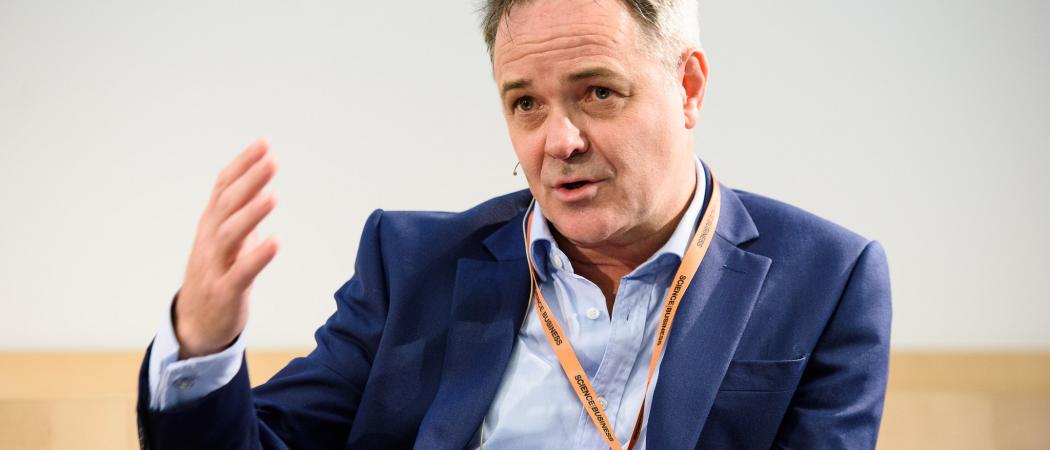
Jeremy Farrar speaking at a Science|Business conference in 2016. Photo: Science|Business
The UK’s Wellcome Trust is to support more science, research and public engagement than ever before in 2018, spending over £1 billion to advance its mission of improving health by helping great ideas to thrive.
That means that the amount Wellcome spends each year will have doubled in the past decade. “This impressive expansion of our resources has been made possible by the exceptional long-term performance of our investment portfolio, managed by our own world-class investments team,” said Jeremy Farrar, director of the trust.
Next year will also see changes in the way Wellcome Trust manages its budgets, to ensure it can ringfence priority areas if the value of its portfolio falls and protect its support for science and research against market volatility.
“We know all too well that the value of investments can go down as well as up,” Farrar said. “When this happened to us in the past, the way we calculated our spending, based on the recent market value of our investments, meant we were forced to make abrupt cuts to some programmes.”
The trust will establish a £903 million per annum primary fund for its core activities across science, innovation and culture and society, underwriting funding for at least the next five years and increasing it in line with inflation year on year.
The primary fund will cover all response-mode funding for science, from seed awards to senior fellowships, funding for Wellcome research centres, programmes in Africa and Asia and the Sanger and Crick Institutes.
Wellcome can maintain this level of spending under most financial scenarios, so the primary fund budget will not fluctuate from year to year, said Farrar. “My colleagues [….] will be able to plan better and develop their strategies and priorities knowing well in advance how much they have available to commit to spending each year.”
A second, reserve fund, has been set up to support other current priority areas, with more available for a small number of further priority areas. “These will be initiated only if we decide Wellcome has the capacity to drive significant progress or a change in science or society within five to ten years,” Farrar said. “We will add to the reserve fund, but only if our investments have performed sufficiently strongly that the primary fund is secure and our underlying investment base remains solid.”





 A unique international forum for public research organisations and companies to connect their external engagement with strategic interests around their R&D system.
A unique international forum for public research organisations and companies to connect their external engagement with strategic interests around their R&D system.